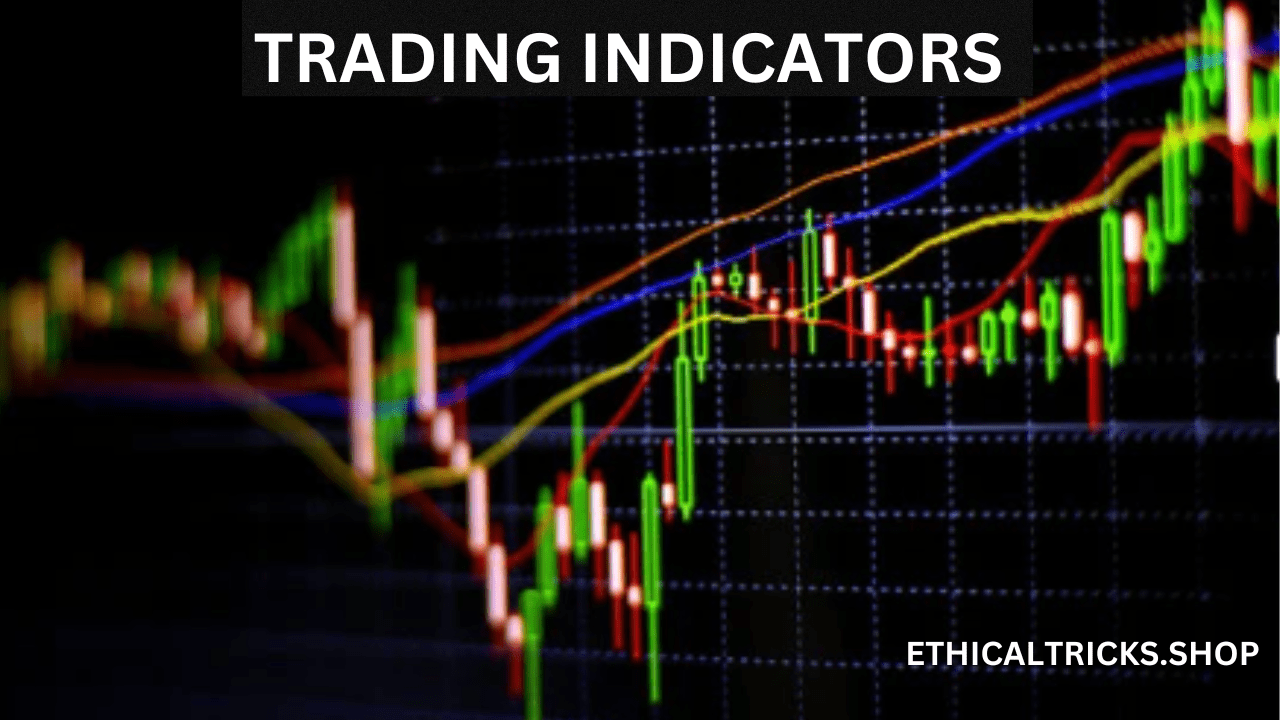In binary options trading, traders must forecast whether the price of an asset will increase or decrease within a predetermined period. To make good decisions, traders use technical indicators. Here are some effective binary options indicators to boost your trading strategy. If you want trading patterns that are mostly revising then you can visit EthicalTricks.
1. Moving Averages (MA)
What They Are:
Moving averages smooth price data. They help you see trends over time. The two main types are the Simple Moving Average (SMA) and the Exponential Moving Average (EMA).
How to Use Them:
- Short-Term MA: Traders often use short periods like the 5-day or 10-day MA for quick price movements.
- Crossovers: A crossover happens when the short-term MA goes above the long-term MA. This suggests a buying opportunity. If it crosses below, it might indicate a selling chance.
Importance:
Moving averages help identify the market’s direction. They also provide support and resistance levels. You can also learn more about this on Investopedia.
2. Relative Strength Index (RSI)
What It Is:
The RSI is a momentum oscillator. It measures price changes and ranges from 0 to 100. This tool helps find overbought or oversold conditions.
How to Use It:
- Overbought Level: An RSI above 70 means the asset may be overbought. This could signal a reversal.
- Oversold Level: An RSI below 30 indicates the asset might be oversold. This suggests a buying opportunity.
Importance:
The RSI is key for spotting market reversals. Timing is vital in binary options trading.
3. Bollinger Bands
What They Are:
Bollinger Bands consist of a middle band (SMA) and two outer bands. These bands show standard deviations from the average price. They adjust based on market volatility.
How to Use Them:
- Upper Band: If the price touches the upper band, it may mean the market is overbought.
- Lower Band: If the price touches the lower band, it suggests the market might be oversold.
Importance:
Bollinger Bands help measure volatility and indicate possible price reversals. This information aids traders in making entry and exit decisions.
4. Stochastic Oscillator
What It Is:
The stochastic oscillator compares a closing price to a range of prices over a period, usually 14 days. It varies between 0 and 100.
How to Use It:
- Overbought Level: A reading above 80 suggests the asset may be overbought.
- Oversold Level: A reading below 20 means the asset could be oversold.
Importance:
This oscillator helps find potential reversals. It works best with other indicators for more accurate signals.
5. Average True Range (ATR)
What It Is:
The ATR measures market volatility. It looks at the range of an asset’s price over a set period. This tool provides insights into market conditions.
How to Use It:
- High ATR Values: Indicate high volatility and present trading chances.
- Low ATR Values: Suggest low volatility, which may mean a less favorable trading environment.
Importance:
The ATR helps traders understand how much an asset might move.
Conclusion
Using the right indicators can improve your binary options trading. By learning how each one works, you can make better decisions. Always combine indicators for confirmation and manage your risk wisely.


Weldone bradar